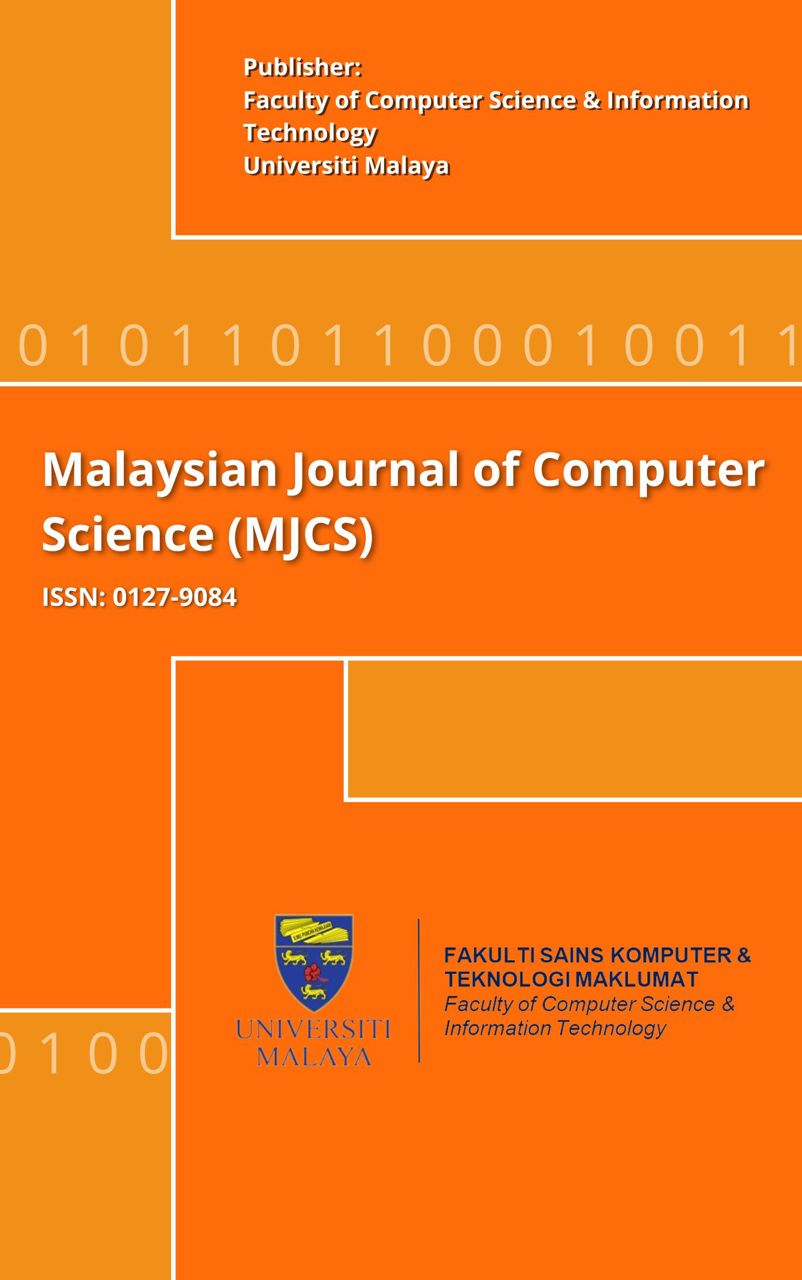Classification Of Eyelid Position And Eyeball Movement Using Eeg Signals
Main Article Content
Abstract
Contamination of EOG activities in EEG signals remains a significant problem in designing the hybrid BCI system. Since EEG signals have always been contaminated by EOG artifacts, we employ these artifacts as inputs into our system. Therefore, in this study we utilized theEEG and its EOG artifacts as inputs to the hybrid BCI and evaluated the classification performance between thresholding and classifier techniques to determine the eyelid position and eyeball movement from EEG signals and its EOG artifacts in real-time. The EEG signals are recorded from the occipital (channel O2) and motor cortex (channel C3 and C4) on the scalp using 10-20 montage system. First, alpha band signal at channel O2 is monitored and analyzed to determine the eyelid position of eye closed and open. If the eyes are open, EOG traces in two delta band signals related to horizontal eyeball movement at channel C3 and C4 are examined to obtain the eyeball movement classification. A sliding window frame is utilized to analyze the EOG trace signals so that important cues are positioned at the center of the window for effective classification. A few features can be extracted from the EEG data in the window and utilized to determine the eyelid position and eyeball movement by thresholding. The data can also be utilized directly as inputs to MLP or SVM classifiers and their performances are compared with the thresholding scheme. The highest classification rate of 0.98% is obtained by the SVM classifiers with an average execution time of just 0.53s. The result of this classification can be utilized in hybrid BCI for various applications.
